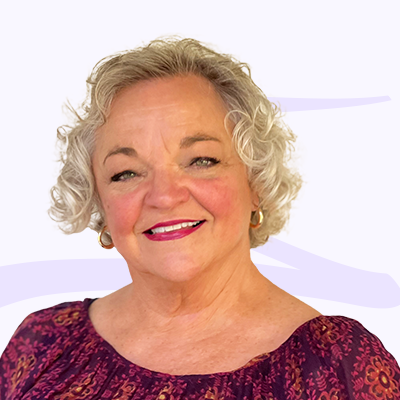



The reality is, as Bob Dylan so aptly stated, "The tiiiimes, they are a chaaa-a-aa-ngin'...," and they always will be.
Inbound marketing has innately shifted the way buyers behave when they engage with sales reps. This means sales has gone inbound too. If your salespeople use legacy tactics - rather than inbound methodology - sales numbers will reflect that in an undesirable way.
Let's examine 4 core differences between legacy and inbound sales professionals:
Legacy salespeople had no idea who knew what about their product. Most of their spiel was rehearsed and ready to crank up from the beginning. They assumed the customer knew nothing (or next-to), and it was rare to find even mid-funnel prospects who knew intimate details about products or services.
Inbound salespeople use software, data and analytics so they have contextual awareness about where prospects are in their journey, and so they can start the conversation where the buyer is at - minimal catch-up required.
A legacy sales pitch was cold, rehearsed and - quite often - relentless. The buyer had all the questions and the salesperson had all the answers. Sales professionals would talk-talk-talk, and buyers did quite a bit of yessing, mm-hmming and nodding at the right times to keep the sales pitch moving fluidly along.
Using the contextual awareness mentioned above, inbound salespeople join the buyer at any point in their journey. The modern sales rep ebbs and flows with the buyer's fluid, Google-initiated and inbound-directed journey. This inspires more personalized, nuanced and targeted interactions between sales and buyer, via social media, emails and direct methods of contact.
Salespeople were known for their sales pitch as well as their presentations. In the past decades, those presentations have migrated from paper, posters and demo boards to PowerPoint and Webinars, but the presentations have remained one-size-fits-all. The same presentations, using facts and figures, were given over and over again to every, single audience.
Inbound sales strategies require exploration rather than presentations. Buyers approach sales pros with a tremendous amount of Google search-acquired knowledge. Rather than teaching and showing, the sales team should consider themselves facilitators and advisors while they assist prospective buyers in identifying the best products, services and solutions for their needs.
Sure, discounts and coupons have value of a sort. However, they're no longer the baited hook they used to be. In fact, there's something almost crass about offering "swingin' discounts" to lure prospects in. Who wants to spend less for a product/service that isn't ultimately the best fit?
Instead, inbound sales relies on tapping buyers at exactly the right time, with the most relevant conversations and offers. Each piece of content is crafted with respect to where the buyer is at and with that aforementioned context piece. The overall effect is prospects/buyers who feel you "get it" and is happy to pay a more premium price because they are confident in their own ROI.
Which side of the legacy versus inbound sales wall are you on? If your sales team is still living and working in the history books, it's time to make the leap into the future.


Spot On co-founder and partner Susie Kelley is dedicated to leveraging technology to advance innovative solutions in highly regulated industries. Driven by the opportunity to elevate brands, she co-founded Spot On in 2012 after having spent 15 years honing her marketing skills in an agency. Susie leads business development with a personal touch, focusing on building lasting relationships with clients to meet — and exceed — their goals for business growth.
Get the latest and greatest posts sent straight to your inbox.